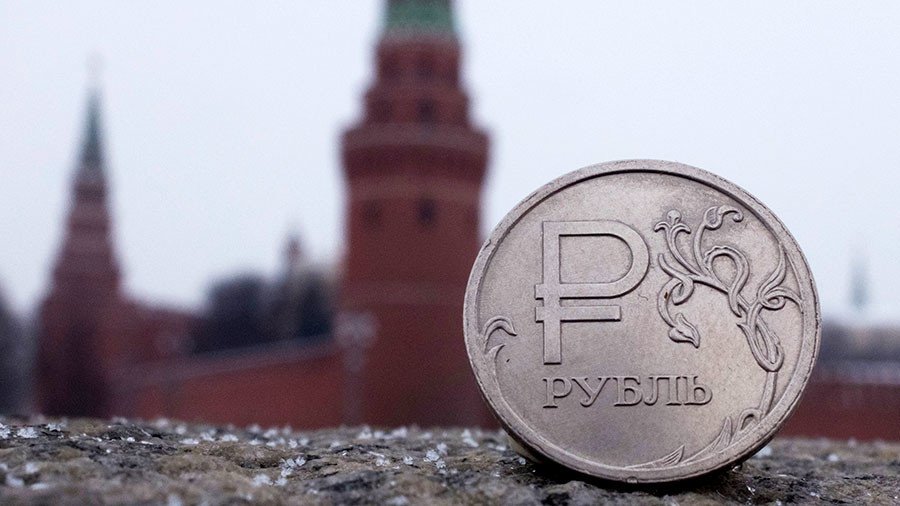Russian ruble prepared for global expansion as dollar dependency drops

The ruble can play a greater role in the former Soviet republics, according to the Central Bank of Russia. The Russian currency is seeking to compete with the US dollar in trade with the Eurasian Economic Union and CIS countries.
The country’s central bank says by 2035 the ruble can expand in the EEU, a trade and political bloc uniting Russia, Kazakhstan, Belarus, Armenia and Kyrgyzstan. It can also develop in the Commonwealth of Independent States (CIS), the bank says.
Ruble transactions in the EEU are currently worth the equivalent of US$69 billion, compared to US$18 billion and US$5 billion in euros. In the last six years, the share of ruble settlements in the EEU has increased from 56 to 75 percent, while the share of the dollar has decreased from 35 to 19 percent.
The successful promotion of the ruble is the result of Russia's growing dominance in the post-Soviet region. Moscow now has plans to switch to trade in national currencies with other countries as well.
Russia is in negotiations with numerous countries, in particular Turkey, Egypt and Iran, but the biggest problem is that the Russian currency has been volatile in recent years. After oil prices collapsed, so did the ruble against the dollar, plummeting from 30 to more than 80 against the greenback. It has stabilized to 56-57 against the dollar, being one of the few currencies to gain against the dollar in the past 52 weeks.
The BRICS countries are also among the key markets for promoting the ruble. In Russian-Indian trade, the share of foreign currencies, mostly the dollar, has dropped from 96 to 80 percent. Moscow and Beijing have increased the share of ruble-yuan trade from 13 to 16 percent in the matter of a year.
For more stories on economy & finance visit RT's business section















